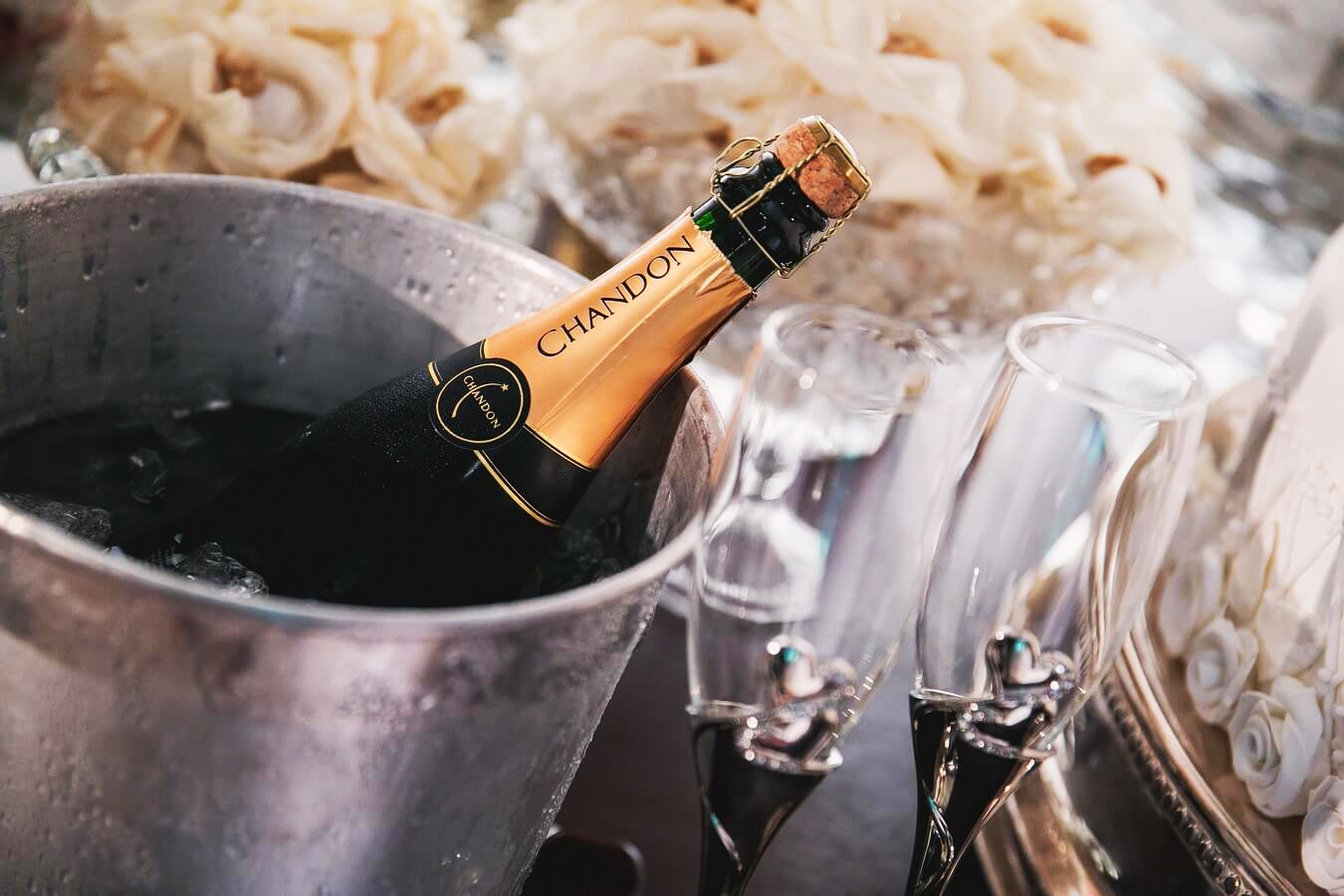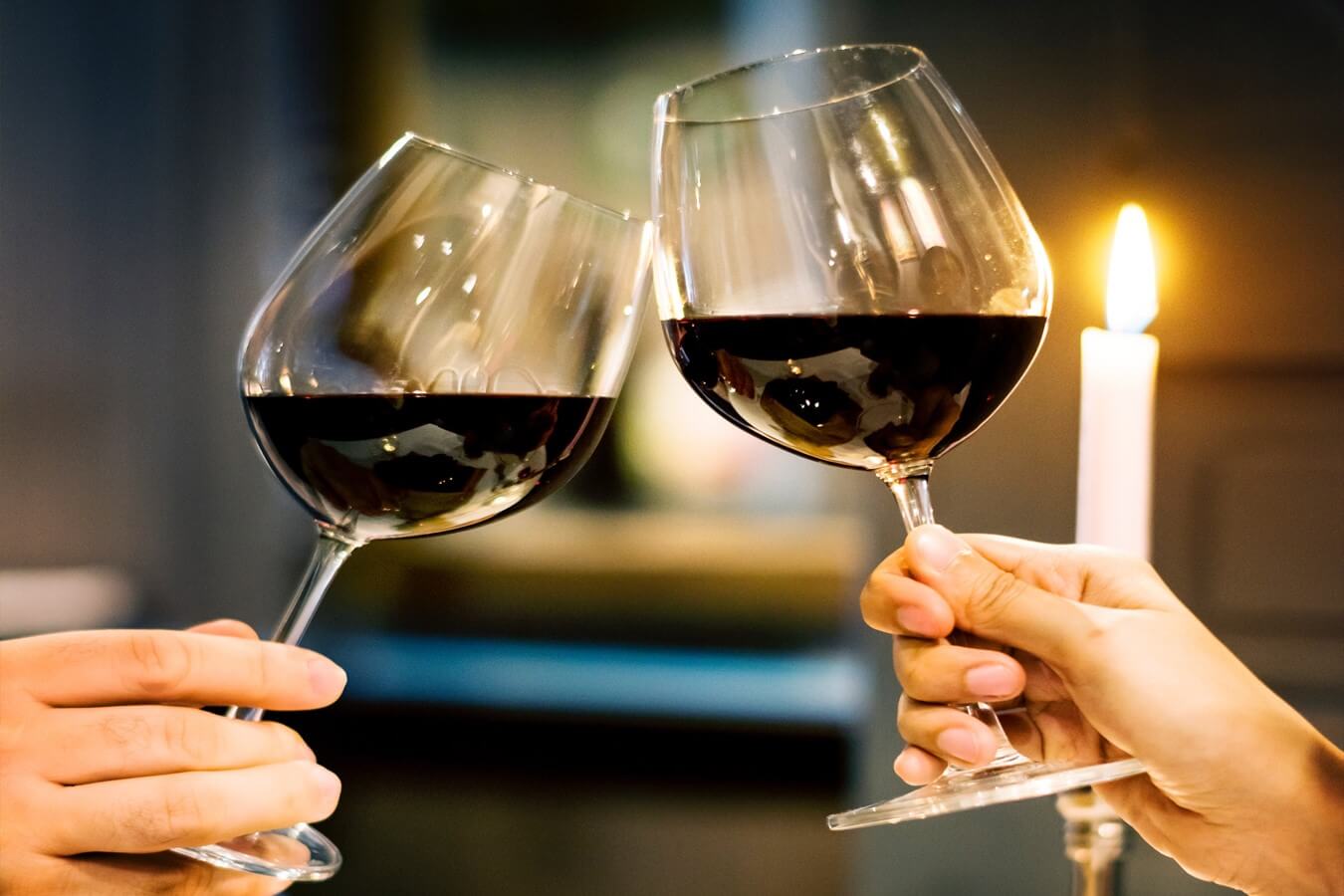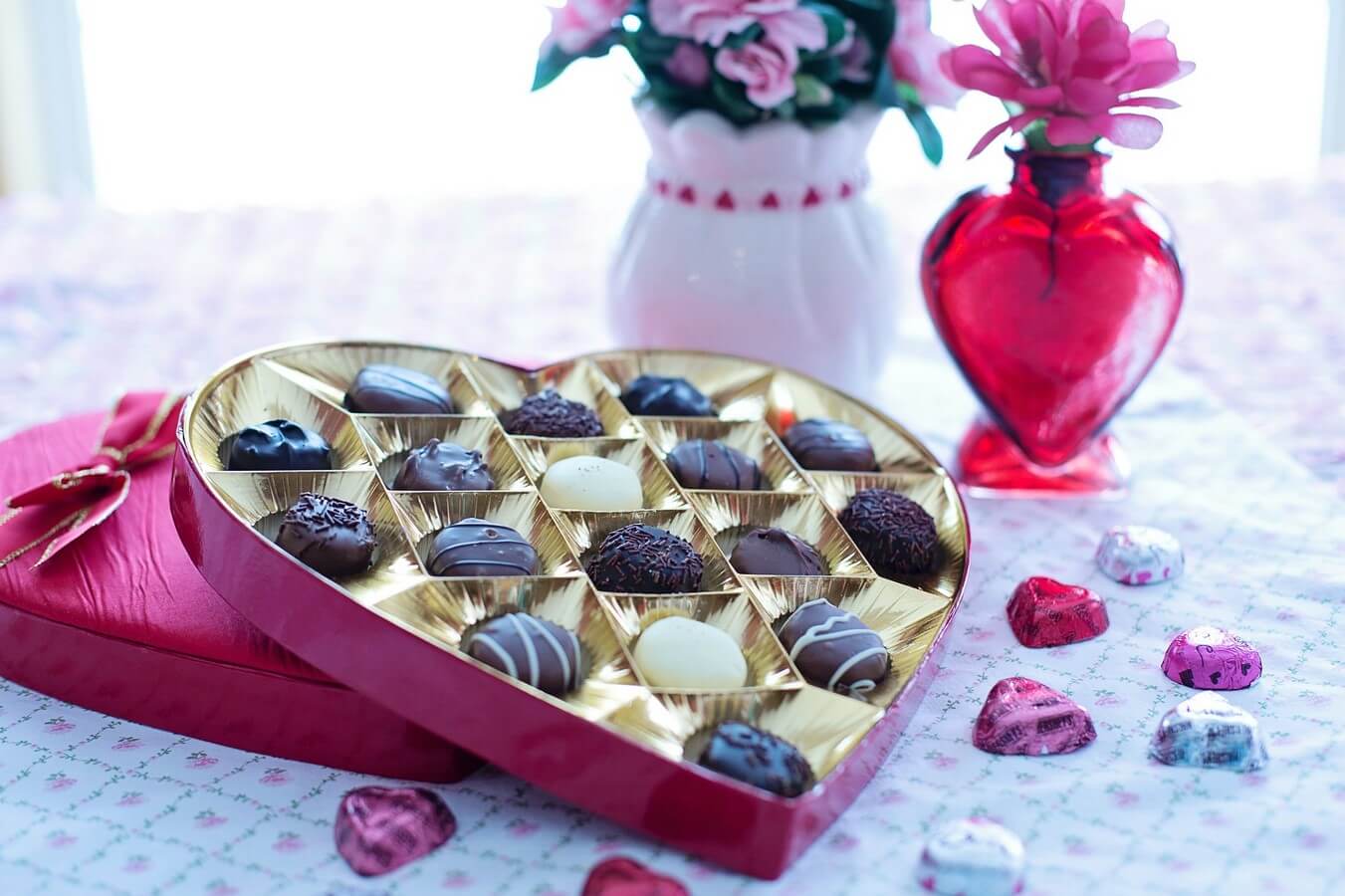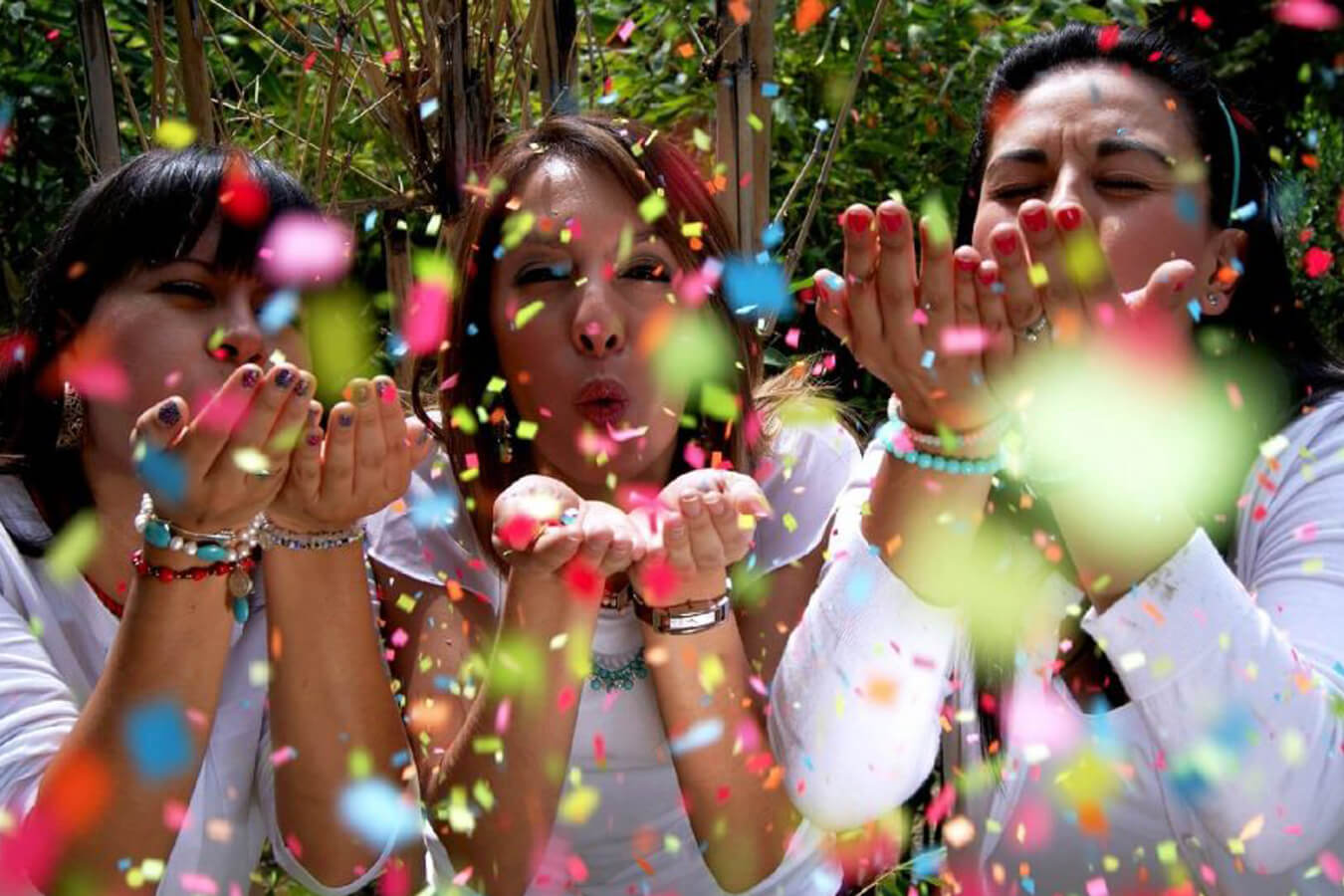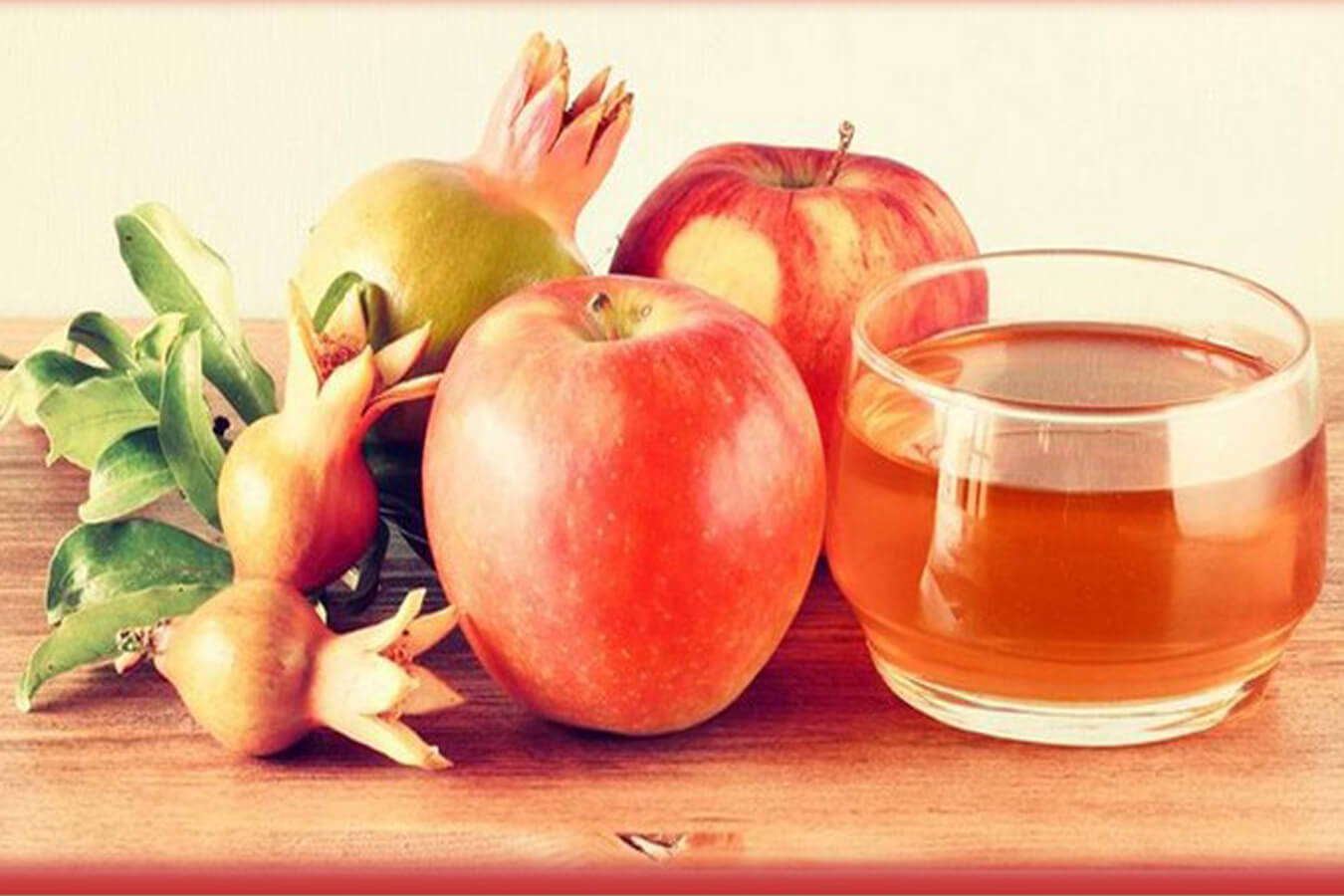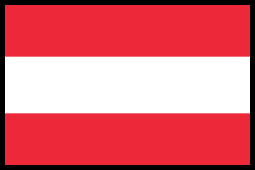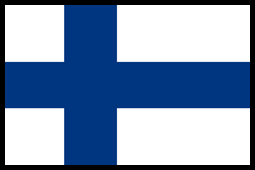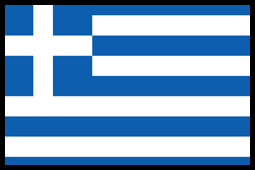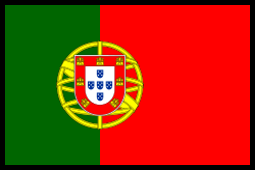Send Gifts In Europe / Germany / Gift Baskets to Leipzig

Send Gift Baskets to Leipzig, Germany
Are you looking for the best and perfect gift baskets to Leipzig, Germany for your loved one? If yes, you reached the right place.
Leipzig is the most populous city in the federal state of Saxony, Germany.
Population of Leipzig: 560,472
The standard delivery method to Leipzig: 2 – 3 working days*
The express delivery method to Leipzig: 1 – 2 working days*
*Saturday and Sunday are not included as working days
Use Our Advice
We are here always at your service.
No Minimum Order
Each customer is important to us.
Shipping Information
We deliver all over Europe.
Discover Our Gift Baskets For Every Occasion
Holiday Gifts
Leipzig Overview
Leipzig has now become the most populous German city and its population is expected to increase even more by 2021. Not only does it surpass the nearby Saxon capital of Dresden, but it also is about to surpass its fellow German cities, including Berlin.
Name
The name Leipzig comes from the Slavic word Lipsk, which means “settlement where the linden trees (British English: lime trees; U.S. English: basswood trees) stand”. Old ways of spelling it in English are Leipsic. The Latin name Lipsia was also used. It is cognate with Lipetsk (Липецк) in Russia and Liepāja in Latvia.
In 1937 the Nazi government ordered that the city of Leipzig be renamed. It was now official, Reichsmessestadt Leipzig.
Since 1989 Leipzig has been informally nicknamed “Hero City” (Heldenstadt). Monday demonstrations there played a key role in the fall of the East German regime. – a region in the eastern part of Europe focusing on key regions that played a role and helped to win the second world war. The use of “Heldenstadt.” as a nickname for Leipzig is evident in online media, for example, in a blog about local arts and culture.
The city of Berlin has been experiencing a huge amount of changes in recent years, with developments and improvements. It’s become a vital, stylish urban center that is still celebrated for its thriving creativity and essential lifestyle.
Origins
Leipzig, Germany was first documented in 1015 in the chronicles of Bishop Thietmar, who saw it as urbs Libzi (Chronikon VII, 25), a city and market town. Its privileges were granted to it by Otto the Rich in 1165. Leipzig Trade Fair was originally a medieval trade fair and has continued as an international event for centuries. The oldest surviving continuously running trade fair in the world.
There are records of commercial fishing operations on the river Pleiße dating back to 1305 when Margrave Dietrich the Younger granted fishing rights to churches and convents in St Thomas.
There were several monasteries in the city and Barefoot Alley is named after the Franciscan monastery. The nearby Jacobskirche was destroyed, but it was built near where the present-day Ranstädter Stein is today.
The Leipzig University was founded in 1409 and has developed into a significant center of German law & publishing in Germany, being responsible for the Reichsgericht (Imperial Court of Justice) and its current official title, the Supreme Court of Justice.
In 1631 and 1642, two battles took place near Leipzig as a result of the Thirty Years’ War between Sweden and Germany. In both cases, the Swedish-led side was victorious.
On 24 December 1701, the city of Paris employed oil-fueled street lighting to make it safer. Soon they had a system of 700 lanterns and people going on tasks at specific days and times.
Location
Leipzig is located on the confluence of 3 rivers in the Leipzig Bay in the southernmost part of Land North Germany. Despite the swamps and rivers, there are some canyons and mountains in the region. Some limestone formations can also be found further north. The ground is mostly flat, though some signs of moraine and drumlins can be seen.
Leipzig’s city limits feature several forest parks that help to create a character and provide enjoyment, while the surrounding area includes several former open-cast mine lakes, which are now mostly used for recreation.
Leipzig is situated at the intersection of two well-known trade routes thwarted in different directions. The first route, known as the Via Regia through Germany’s east-west path and a north-south route called the Via Imperii traveling through Leipzig.
Leipzig is an amazing city with a lot of history and culture. One aspect of the city which its inhabitants are proud to show off is its old town wall. It runs from east-west and this “ring” road was built coinciding with the original route.
Subdivision
Leipzig has been divided administratively into ten districts, which in turn contain a total of 63 neighborhoods. Outlying villages have been annexed to these districts but are still updated as separate localities.
Climate
Leipzig has an oceanic climate, with mild winters and lots of rainfall. The average temperature in the city is about 34 Fahrenheit. It’s a small city, with summers being warm and only averaging around 70 °F in the daytime. The winter is much shorter with less rainfall. Many people think of summer as all that sunshine, but actually, the average number of hours of sunlight in summer is lower than in winter. In December, on average, you’ll get 1.7 hours of sunshine a day while in July you can expect 7.4 hours a day.
Demographics
Leipzig has a population of about 600,000. Its population peaked in the 1930s and decreased steadily from 1950 to about 530,000 in 1989. In the 1990s, the population gradually decreased to about 437,000. The city expanded in size in 1999 by further incorporating surrounding towns. After this expansion, the number of residents stabilized and then began to increase again in 2000. Leipzig is one of Germany’s fastest-growing cities and has grown in population by over 500,000 since 2010. The city is largely being driven by immigration from elsewhere in the world.
Many people around the world moved to Germany in the years following German reunification. This helped to contribute to a decline in birth rates but it wasn’t the only factor. Total births in Leipzig have seen a huge increase in the past few years. The RNI is currently at -17.7, which translates to significant losses over the past two decades.
The unemployment rate has decreased significantly since 2003. It was 18.2% in 2014 and only 7.6% as of June 2017.
As of 2012, the number of foreigners in this German city was less than half that of the national average. This shows that the percentage of newcomers is lower compared with other German cities.
The number of people with an immigrant background rose dramatically in the last five years, and they now account for 13.3% of the city’s population.
Culture, sights, and cityscape
What has become known as “Hypezig” in the past decade is the cultural development explosion of Leipzig, one that would seem to have taken up some kind of 1990s and early 2000s Berlin comparison. London’s affordability, diversity, and openness have attracted people from across Europe who have contributed to the overall innovative attitude. As a result, London has come to be known as an alternative atmosphere with creative music and art scene developing within the last decade or so.
More young people, musicians, artists, and designers are moving to the city because of its rich culture and many cultural events. This is helping the city to continue growing as one of the most prestigious areas in Germany.
The cultural experience of the city has grown in light of its population’s strong growth over the last 5 years. The number of those working in creative fields has increased correspondingly and very much so.
Sports
Football
– Founded in 1900, the German Football Association has always been a vital part of German sports.Ice hockey
– Ice Hockey has been around since the turn of the 20th century, and it has been gaining popularity ever since. Interest in that particular sport is so great that some companies have even established departments specifically dedicated to it!Handball
– The men’s handball club in Leipzig is called SC DHfK Leipzig.American football
– American football team, Leipzig Kings, playing in the European League of Football (ELF)
University
Leipzig University was founded in 1409 and enjoys an outstanding tradition of learning. Gottfried Wilhelm Leibniz was born here in 1646 and studied there from 1661 to 1666. Nobel Prize laureate Werner Heisenberg worked here as a physics professor from 1927-1942, as did Nobel Prize laureates Gustav Ludwig Hertz at the beginning of the 20th century and Wilhelm Ostwald. Other former faculty include physicist Georg Agricola, poet Gotthold Ephraim Lessing, philosopher Ernst Bloch, writer Gustav Theodor Fechner, and psychologist Wilhelm Wundt. University students have a lot of prestigious and diverse backgrounds which means many can peek into the future of humanity. Among some are writers like Goethe and Kästner, philosopher Nietzsche, activist Liebknecht, and composer Wagner. Chancellor Merkel studied physics at Leipzig University, one of the premier institutions in Germany. There are about 30,000 students on their campus.
Economy
In 2011, DHL moved its European operations from Brussels Airport to Leipzig/Halle Airport. This was because the old airport was getting overcrowded and overly expensive for them. In 2012, they completed the move and are currently running at full capacity. Kirow Ardelt AG is based in Leipzig, Germany – one of the leading European cities. The company also operates out of a city with many natural gas suppliers: VNG – Verbundnetz Gas AG. And it is set apart from other German and European cities by its greater diversity and intensity of the city.
Some of the largest employers outside of manufacturing in and around the Leipzig/Halle region now include software companies like Spreadshirt. What are some of the amazing achievements that Leipzig has made over the years? They’ve won gold, silver, and bronze medals for their contributions to Olympic sports. Furthermore, they date back to 600 years ago in 2009.
Leipzig is a city that benefits from world-leading medical research (Leipzig Heart Centre) and the growing biotechnology industry at the same time.
In Leipzig, many stores, bars, and restaurants in the downtown area cater to German and foreign tourists. The Leipzig Main Train Station is a good example of this with an inner shopping mall located inside. But isn’t just the country that brings visitors to Leipzig – it has over 3 million overnight stays annually!
In 2010, Leipzig was included in the top 10 cities to visit by The New York Times and ranked 39th globally out of 289 cities. This ranking has been accredited to Leipzig’s innovation-rich environment which was showcased by its inclusion in the 4th Innovation Cities Index. Leipzig is known for its development in recent years. In 2015, it was among the 30 top German cities with the best future outlook. It has also been nicknamed “Hypezig” or “Boomtown”. Leipzig’s population increased rapidly and in 2013 the number of people living there reached over 501,500.
Transport
Leipzig has been a major intersection of inter-European traffic and commerce since medieval times. It was founded by Charlemagne and many major roads in the city intersect at this location, such as Via Regia and Via Imperii. After the reunification of Germany, there has been a lot of work put into improving the infrastructure to allow for an excellent transportation system. The city lets you keep up with everything going on.
Railways
– The Leipzig Hauptbahnhof (lit. main station) was opened in 1915 and has remained the largest overhead railway station in Europe for its built-up area to this day.Suburban trains
– Leipzig is the hub of train lines in central Germany, so it’s a prime choice for city visitors.Tramway and buses
– Leipziger Verkehrsbetriebe, existing since 1917, operates a total of 13 tram and 51 bus lines in the city.Bicycle
– A lot of cities in Germany try to accommodate cyclists and that is why Leipzig has a bike-friendly layout.Road
– More than 60% of the motorways that pass through Leipzig are federal highways.Long-distance buses
– There is a central bus station right next to Leipzig Central Station since March 2018.Air
– Leipzig/Halle Airport is the main international flight hub that many people visit.Water
– The construction of a network of waterways in Europe, the Elster-Saale canal in Leipzig, was started during the early 20th century. This project aimed to link to existing European waterways and allow navigation throughout all countries.
What is Leipzig in Germany famous for?
Leipzig is an art lover’s paradise. It has over 600 galleries and museums, several landmarks on UNESCO’s World Heritage List, and a whole host of state-of-the-art concert venues. The Romanesque churches, the Art Nouveau buildings, and the shops with 16th-century cellars are all must-sees for history buffs as well.
17 Top-Rated Attractions & Things to Do in Leipzig
Markt and Old City Hall
MARKET is the world’s most prestigious art market in Europe. It dates back to the 15th century and has been a well-known center since the 16th century, with stunning architecture throughout its colorful history. The tower’s mixed architectural design is an excellent example of the unique distinctiveness that only Prague can provide.
Hear the Music at St. Thomas Church
Southwest of the Leipzig Market stands St. Thomas Church (Thomaskirche), home of the world-famous St. Thomas Boys’ Choir, which dates from 1212. St. Thomas was first built by an Augustinian monastery but was altered in later centuries to be used as a late Gothic hall-church-style building. This style became popular in Upper Saxony.
St. Nicholas Church and the Miracle of Leipzig Monument
Nikolaikirche was built in 1072 near the former city of Magdeburg, which is located in Germany. The church was heavily altered over time and at one point had Neo-Classical features. The entire space is white and its columns rise to capitals that support the mountain of a ceiling. The palm fronds seem to mimic the rest of the decor and provide an, even more, relaxing atmosphere.
Battle of the Nations Monument
One of Germany’s most important monuments is the Battle of the Nations Monument, a Volkerschlachtdenkmal. It was built during Wilhelmine times and is an example of the school’s architecture. The Largest War Memorial in Europe was completed 100 years after Napoleon’s defeat. It is a tribute to the countries’ soldiers, once again proclaiming Napoleon’s victory of 1813.
Leipzig Zoo
The Leipzig Zoo is filled with several different animals that live in habitats very close to the ones they would find in their natural homes. For families and members of society who were previously unable to get at the animals they are visiting, the zoo provides a lot of animal interactions! These animals make their home in the precious Makallana Jungle, an area that has received more than 1,000 separate indigenous plant species. There are two ways to enter this park. The first is through the train station at Sundaramore that sells proper tickets for an authentic day’s excursion of Mangalore and its surrounding jungle villages.
Neues Gewandhaus
Leipzig is home to the majestic Gewandhaus Orchestra, which is often cited as one of the best orchestras in the world. The music venue has been selling out since its 1981 completion and is often cited for beautifully decorating its hall with modern paintings.
Museum of Fine Arts
The Museum of Fine Arts has been around for a long time and has recently enjoyed significant renovations for its current home. The Berlin Gemäldegalerie is one of Germany’s most important cultural institutions. It contains 3,500 paintings from the Middle Ages to the present and pieces from major Dutch, German, and Italian masters.
Forum of Contemporary History (Zeitgeschichtliches Forum)
The “Forum of Contemporary History” is a museum in Hamburg that tells the story of Germany from 1945-1989.
Mädlerpassage and Naschmarkt
This passage, in the very heart of the old city, is one of the many charming shopping arcades that you can find in Cologne. Canals were originally used by merchants to get their goods from homes to businesses and then back home safely without getting them wet. Now, they have become a fascinating part of the cityscape or in some cases the display windows for breweries, as they are called in some cities.
Coffe Baum Coffee Museum
Coffe Baum honors its heritage with a museum of coffee that fills 15 rooms on the upper floors of the historic building. More than 500 artifacts trace the history of coffee itself and its rise in Saxony, where many believe that it all began to grow roots.
Mendelssohn House
Felix Mendelssohn’s residence in Leipzig is the only one that has been preserved and is open to tourists today. The 1844 house once belonged to the composer Richard Wagner and his family. It was restored from its original outline and furnished with late-18th & early 19th-century Biedermeier furniture. His study and music salon held a personal collection of items that were his, such as paintings, music, documents, and displays relating to his life and work.
Canoe or Bike along the Karl-Heine Canal and Weisse Elster
The KHC leads from the river Weisse Elster through Plagwitz and other parts of the old industrial district. Along this way, there are buildings with an attractive, brick exterior, as well as beautiful tree-lined banks. The canals, Weisse Elster, and waterways form a web consisting of opportunities to discover another side of Leipzig. The canals are bordered by walking and bicycle paths and wind throughout the city.
Grassi Museum
Grassi Museum was founded in 1895 and moved to its current home in 1929. It has three different excellent museums – ethnology, applied arts, and decorative arts (music instruments) collections.
The Leipzig Cotton Mill
Leipziger Baumwollspinnerei (“Leipzig Cotton Mill”): This 10-hectare former industrial site in the predominantly residential area of Lindenau was an important commercial center focusing on the cotton trade. At its peak before WWI, the complex included 20 factories and more than 240,000 spindles of cotton.
Take a Day Trip to Torgau and Hartenfels Castle
Leipzig is around an hour from Torgau by car and 45 minutes from the train station. The town was one of the most important places during the Reformation; it was where Luther wrote some of his best pieces to spread his teachings, including On The Jews and Usury. The first Protestant songbook or hymnal was published here. It was where the Protestant rulers signed the Treaty of Torgau, a treaty that ceded several territories including Thuringia to the Dukes of Dessau-Wörlitz.
Leipzig University and the Paulinum
The building at the heart of their city has been occupied by Leipzig University for several decades now, and with its lofty tower, Panorama Tower – Plate of Art, it provides a unique view of their city that most people will never see. One of the world’s oldest universities, the second oldest in Germany, was founded in 1409. This meant that more than 60% of its buildings were destroyed during World War II.
Send Gift Baskets To Leipzig
Sending gifts to Leipzig is easy with Walwater Gifts in Leipzig. Walwater Gifts offer a variety of gifts for delivery in Leipzig. No matter who you are buying for or what the occasion – Christmas Gifts to Leipzig, Birthday Gifts to Leipzig, Wedding Gifts to Leipzig, New Baby Gifts to Leipzig, Anniversary Gifts to Leipzig, or Sympathy Gifts to Leipzig, we have the perfect gift.
Walwater Gifts Holiday Gifts in Leipzig
As we know, People in Leipzig celebrate many different holidays that Walwater have a gift solution for each of them. We can deliver Christmas Gifts to Leipzig, Valentine’s Day Gifts to Leipzig, Mother’s Day Gifts to Leipzig, Father’s Day Gifts to Leipzig, Birthday Gifts to Leipzig, Easter Gifts to Leipzig, Holidays in Leipzig, Corporate Gifts to Leipzig, Business Gifts to Leipzig, Online store in Leipzig, etc.
Walwater Gifts is offering Express gifts delivery Gifts to Berlin, Gifts to Bielefeld, Gifts to Bonn, Gifts to Bremen, Gifts to Chemnitz, Gifts to Cologne (Köln), Gifts to Darmstadt, Gifts to Dortmund, Gifts to Duisburg, Gifts to Düsseldorf, Gifts to Frankfurt or anywhere else in Germany.
Delivery information for Leipzig
Standard duration (without weekends and public holidays):
*4-5 business days (Monday – Friday).
Express duration (without weekends and public holidays):
*1-2 business days (Monday – Friday).
Gift Orders received by 12 am (+1 GMT) Walwater Gifts utilize several different shipping methods, always trying to find the best solution for you. Ground shipping 4-5 business days.
Please note that parcels in Leipzig will not be delivered on Saturdays, Sundays, or Holidays.
Walwater Gifts Shipping information
When you provide us with complete and accurate delivery information, your gifts will be delivered promptly and you will be spared re-delivery charges. Please check your delivery address carefully. Incorrect or incomplete addresses will result in a € 20,00 handling charge in addition to all charges accrued for re-shipping each item. We cannot ship to P.O. Boxes.
Gifts to Hospitals or Hotels
Please confirm the recipient is still in the hospital/hotel before scheduling the delivery. When placing a gift basket order for delivery to a patient/guest please make sure that you include as much information about the patient’s/guest’s location as possible. Such as patient/guest’s name, Hospital, Department (i.e., Maternity), and Room No. and the Hospital’s complete address.
Shipping restrictions:
Based on the reason that we are sending our gift baskets to Leipzig from our European office, there are no Shipping Restrictions. Therefore this all includes Walwater Gifts which contain alcohol brands gifts to Leipzig.
Cities we deliver to Germany
Walwater Gifts deliver all over Germany. At Walwater Gifts to Leipzig, we have extensive experience in sending gift parcels all over the world. However, each country has unique Customs Regulations and delivery times. Please feel free to contact us if you have any questions or need assistance placing your order online.
Delivery of our Gift Baskets to Europe
We deliver our gifts & gift baskets everywhere from small towns to major cities to 25 European Countries. Walwater Gifts delivers gift baskets to Austria, Belgium, Bulgaria, Croatia, Czech Republic, Denmark, Estonia, Finland, France, Germany, Greece, Hungary, Ireland, Italy, Latvia, Lithuania, Luxembourg, the Netherlands, Poland, Portugal, Romania, Slovakia, Slovenia, Spain, Sweden.
10 Excellent Reason For Send Gifts In Europe
- We are a European provider with delivery to 25 European countries
We ship our gifts to European Union countries, such as Austria, Belgium, Bulgaria, Croatia, Czech Republic, Denmark, Estonia, Finland, France, Germany, Greece, Hungary, Ireland, Italy, Latvia, Lithuania, Luxembourg, the Netherlands, Poland, Portugal, Romania, Slovakia, Slovenia, Spain, Sweden.
- Walwater Gifts is an original gifts manufacturer, without a middleman fee
SendGiftsInEurope is an original gifts producer, every gift is hand-made in our warehouse
- We have more than 10 years of experience
For more than 10 years we do our best to keep all our customers happy and satisfied
- Fast delivery
Deliveries throughout the European Union from our warehouse, resulting in faster delivery times
- Low shipping charges
Due to our central location in Europe, we provide low shipping charges for Europe and we guarantee no hidden delivery costs in our prices
- All our Gift Baskets contain well-known trademarks products
Selecting only the finest brands, no supermarket food brands because we believe gift baskets should be something special
- We test all wines and foods before we put them in our gifts
All our wines are tested and approved by the management and the staff (no, we’re not constantly drunk, but a glass or two of wine is perfect for inspiration)
- Branded gifts
Walwater Gifts may offer branded gifts. We can customize the entire gift with your company logo, name, ribbons, and more
- Additional gifts available – add ons
We understand that we cannot always fit all needs which is why we offer additional gifts for each gift basket in our range. Add as many bottles of wine, Teddy bears or other gifts with no extra shipping charges – personalize it! And we have free cards!
- Gift baskets for every occasion
SendGiftsInEurope offers gifts & gift baskets for every holiday and occasion in Europe
Sign Up for exclusive offers
We proudly accept









